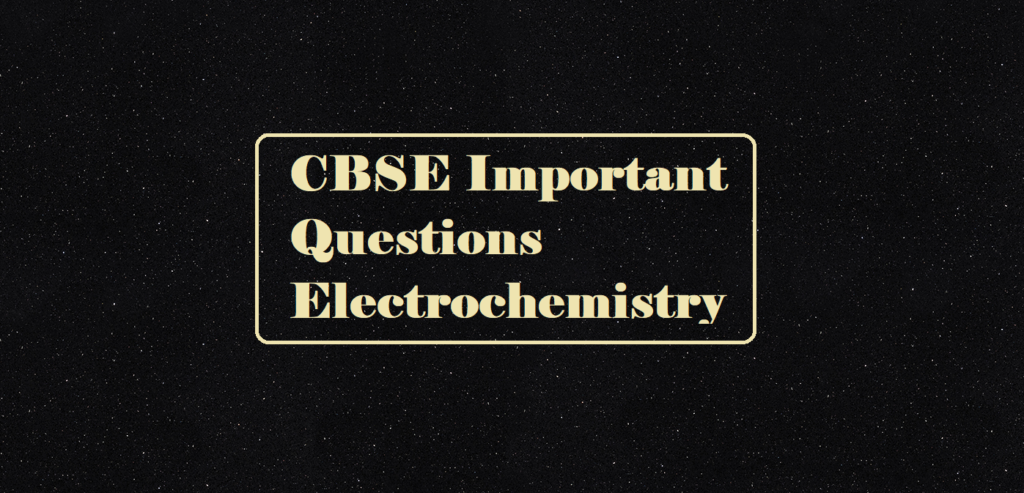Fischer esterification Mechanism
Fischer esterification Mechanism
The Fischer esterification is an organic reaction used to convert a carboxylic acid and an alcohol to an ester using a strong acid catalyst. It is also known as Fischer-Speier Esterification. Fischer esterification is an example of nucleophilic acyl substitution based on the electrophilicity of the carbonyl carbon and the nucleophilicity of alcohol. The alcohol produced This can be done by washing the contents with two-thirds of de-ionized water.
R1COOH + R2OH → R1COOR2 + H2O
Carboxylic Acid Alcohol Ester Water
Most carboxylic acids are suitable for the reaction, but the alcohol should generally be primary or secondary. Tertiary alcohols are prone to elimination. Commonly used catalysts for a Fischer esterification include sulphuric acid, p-toluene sulphonic acid, and Lewis acid such as scandium (III) triflate [Sc(SO3CF3)3].
The reaction mechanism was first described by Emil Fischer and Arthur Speier in 1895. The reaction mechanism for this reaction has the following steps:
Advantages of Mechanism:
i). Relatively simple compared to other esterification mechanisms
ii). As compared to other esterification, the chemicals used and the byproducts released in this mechanism are non-toxic to the environment.
Disadvantages of Mechanism:
(i) As most steps of the mechanism are reversible, the whole process eventually takes a long time.
(ii) This process uses a strong acid. If a weak acid was used, the reaction time would again increase.
(iii) In the presence of strong acids, tertiary alcohols undergo rapid dehydration.
Different Applications of Fischer Esterification:
(i) The mechanism is majorly used to produce esters which then finds its use in a range of synthetic and biological applications.
(ii) They are for example used as solvents for lacquers, paints, and varnishes.
Fischer esterification Mechanism




